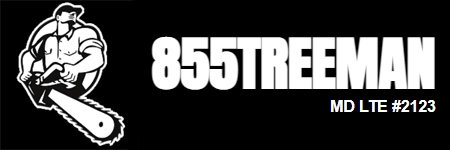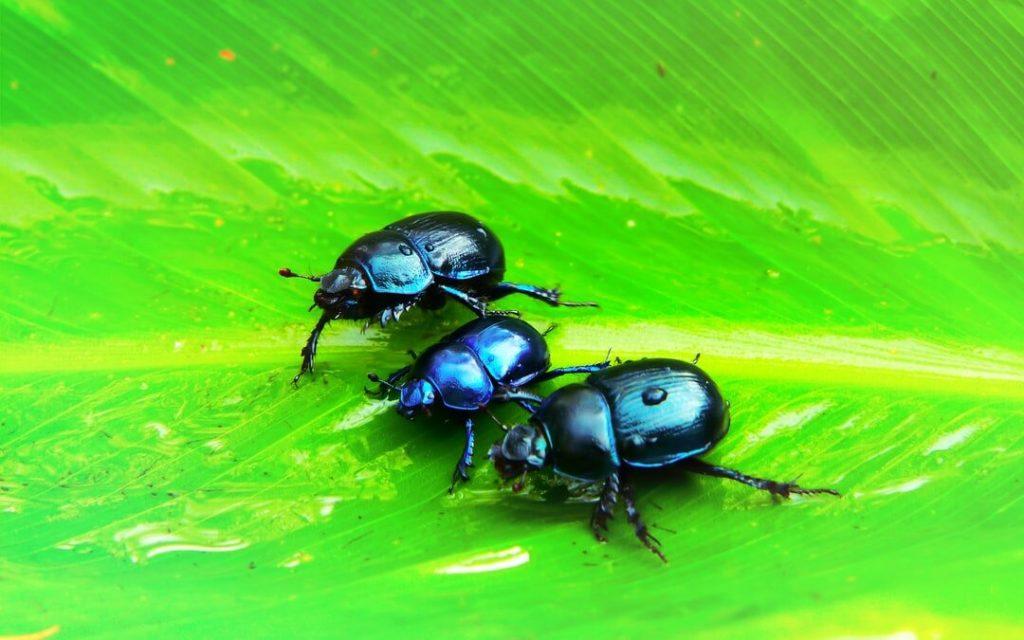The Southern Pine Bark Beetle attacks and infests various species of Pine trees. This guide goes over how to get rid of these beetles and prevent infestations.
What Is the Threat?
The southern pine bark beetle is a specific type of bark beetle that is technically known as Dendroctonus frontalis. When they infect a tree, they first amass into large groups. Then, they bore into the developing part of the tree’s trunk, known as its cambium.
Once they reach this cellular layer, the beetles disrupt the flow of water and valuable nutrients. This deprives the tree of what it needs to live, and it eventually dies. Some of these beetles will also produce a type of fungus called blue strain.
When a tree becomes infected with blue strain, its vascular system fails to function properly, which can also lead to death. A tree service company can identify this fungus and diagnose it in your tree.
Where Is the Threat?
As their name implies, these beetles normally affect the yellow pine trees that grow prominently across the southeastern U.S. They’re especially prevalent during times of environmental stress. This is because stress weakens a tree’s defense mechanism and makes it more susceptible to a pest outbreak.
Factors that can cause this stress include:
- Drought conditions
- Wildfires
- Heavy storms
Note that while the southern pine bark beetle first originated in the southeastern U.S., these pests have continued to migrate. Their northernmost known location is New Jersey, while their westernmost area is Texas.
Symptoms of a Pine Bark Beetle Infestation
If you suspect that an individual pine tree has been attacked by pine bark beetles, then take a close look at its leaves. They may appear to be faded, or you might see tan and green needles interspersed with healthy ones.
In time, the affected needles will take on a reddish hue. Over the next few weeks, all needles will turn brown and the tree will eventually die.
Lower on the tree, you may find cream-colored pitch tubes, visible on the trunk’s lower bole. As the beetles continue to block the tree’s water supply, those tubes will turn red and become crumbled in texture and appearance.
Unfortunately, once the beetles invade a tree, they will continue to grow in number. Most beetles produce a fungus that young larvae can access as a food base. Not only does this strengthen their numbers, but the fungus also inhibits water transport even more.
Thus, imminent tree mortality can occur when both a pest and fungal infestation are present.
What to Do About Southern Pine Bark Beetles
A prompt trunk injection can help protect your trees from southern pine bark beetle damage for up to two years. If possible, it’s best to take a proactive approach and treat your trees before an infestation occurs. Though you can reverse the damage once it begins, trees that are already infested at the time of treatment are less likely to survive.
If your tree is infected with beetles that also carry the blue strain fungus, then it may also require an application of systemic fungicide. Our team can add this solution a sequential treatment. This approach can eliminate additional stress from the fungus.
Looking for a professional tree service company in southern Maryland? Contact us today to book a service.

